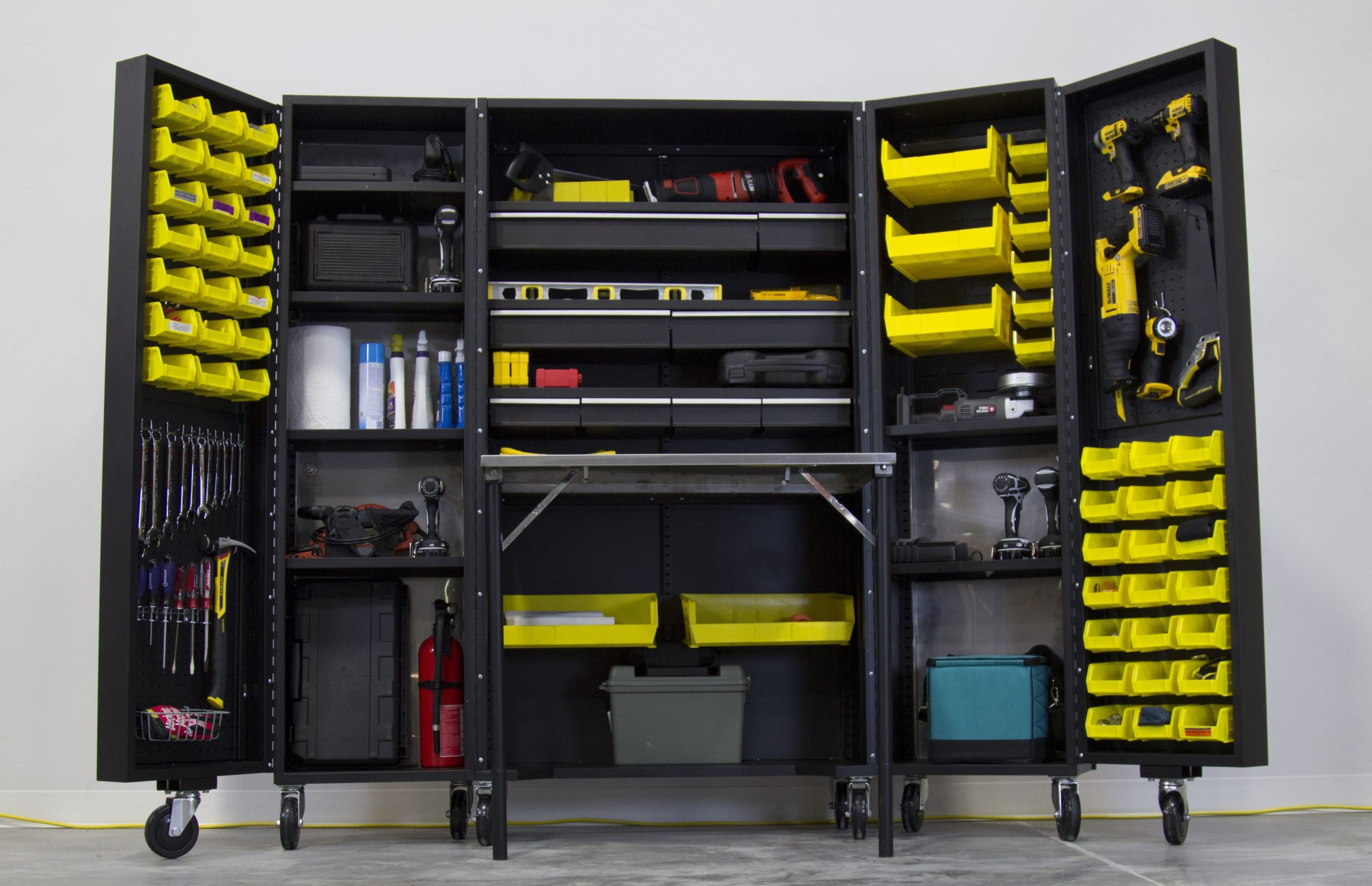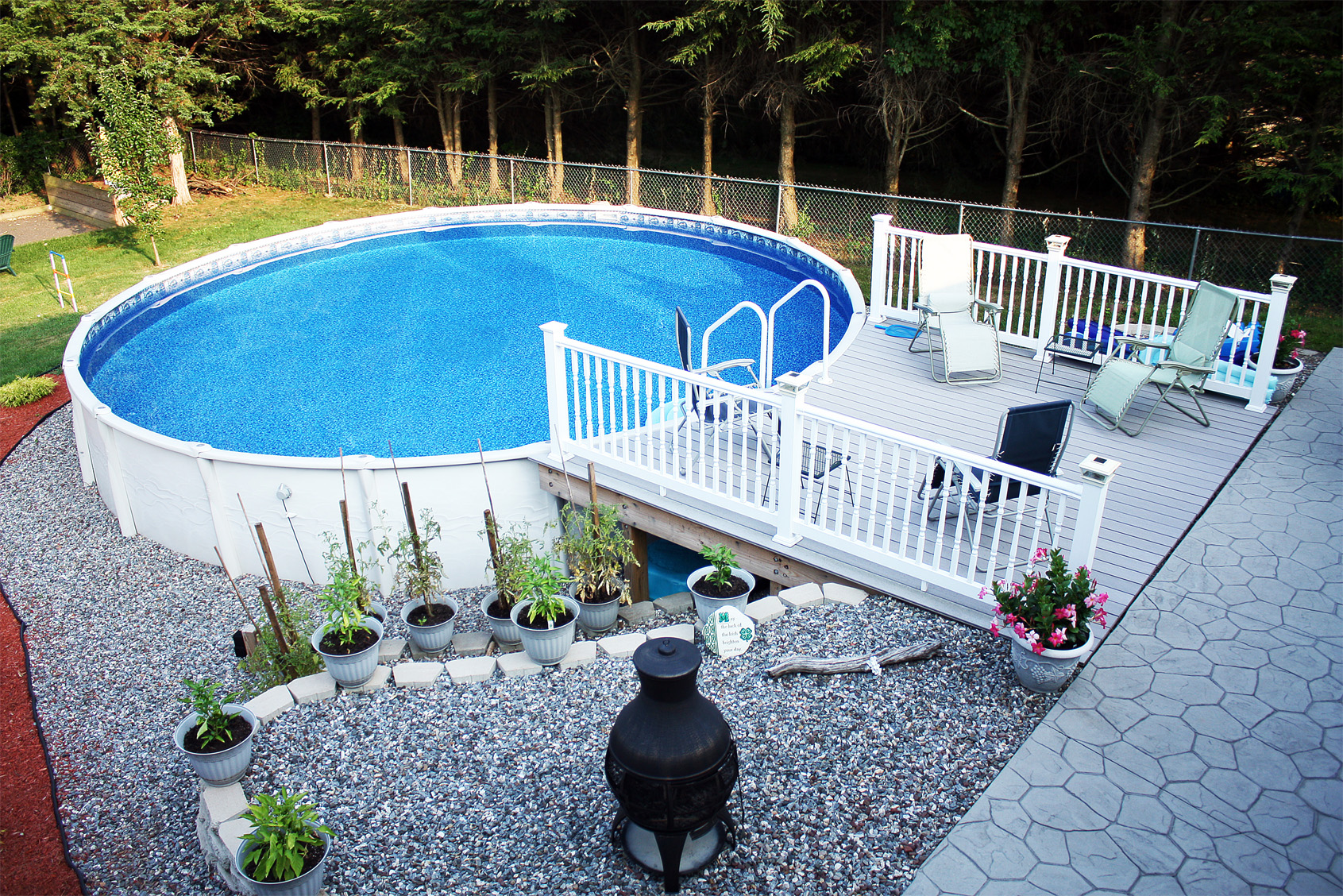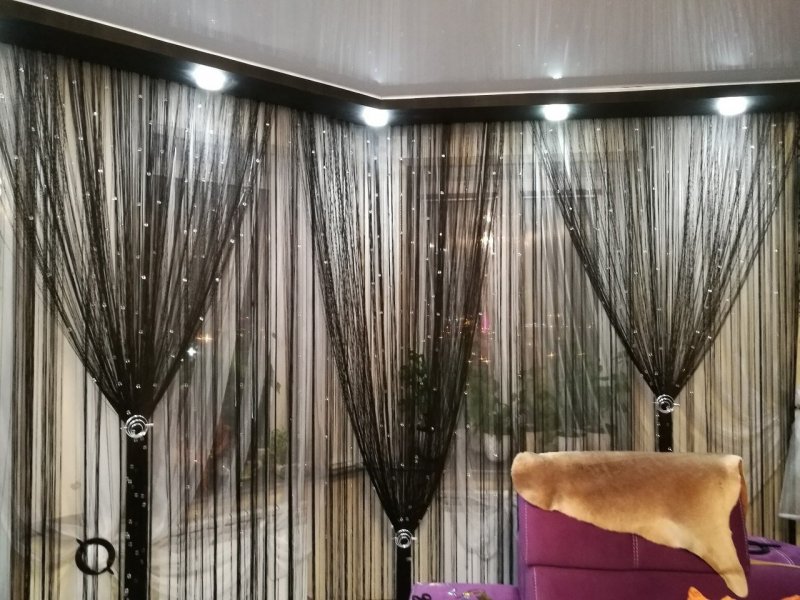Rating of the best wood primers for 2025
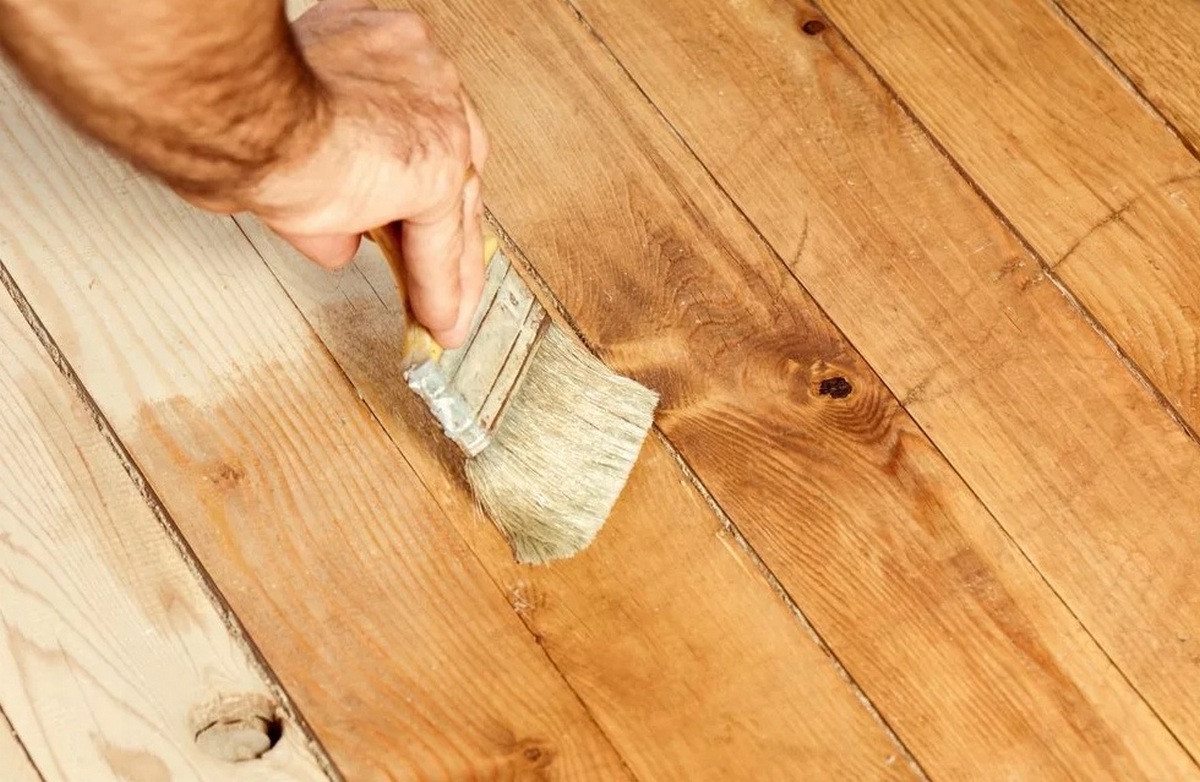
Wood is an environmentally friendly material, and in some cases it cannot be replaced by laminate, plastic, or MDF. The virtue of wood also lies in its visual appeal, whether it be wood paneling or flooring. However, in order for such elements of the environment to last as long as possible, they will need to be pre-protected with a special primer, which is applied before applying the finish.

Content [Hide]
General information
Wood primer is designed to perform several main tasks:
- Disinfection - wood, like most 100% natural materials, is extremely susceptible to putrefactive destruction. The process of decay occurs when the surface comes into direct contact with water or it begins under the influence of a very humid environment. Antiseptic soils can easily stop this destructive process.
- Strengthening the outer layer - this quality is very important when processing old bases. In the structure of primers for wood, there are special resins that will increase strength, better bonding the wood fibers together.
- Reduced absorbency - applied varnishes and paints will be easily absorbed into the untreated base, and this will directly affect their consumption. With the help of priming, all pores will be reliably clogged, which will reduce the cost of finishing coatings.
In addition, when applying the primer, a special protective film will be formed on the surface, which will prevent the influence of various negative processes occurring from the external environment.It will also prevent the release of tannin from the structure of the tree, which, when aging, necessarily comes to the surface, as a result of which characteristic unsightly spots form on it. Tannin is released through the pores, and if they are covered with a primer, then the exit to the outside will not be available to him.
As a result of the application, the wooden base will acquire a velvety roughness, which will have a beneficial effect on the adhesive qualities of the base. It is also worth mentioning that most types of protective compositions under consideration allow their application even on a layer of old paint, despite the fact that they will mask the color of the previous (i.e. old) layer quite well.
Main advantages
The application of primer on wooden planes significantly increases their durability, not to mention the strengthening of strength qualities. This is achieved, among other things, by filling in natural cracks and chips that can form during the aging process and which pathogenic bacteria love to settle in. Also, the type of protective consumables under consideration can significantly reduce the amount of final finishing applied, while contributing to the creation of an externally attractive final result. Increasing the adhesive properties of the base base, the primer allows you to simultaneously trim the common plane, eliminating possible height differences as much as possible. The quality of the deep penetration of the protective material into the wood structure helps to achieve this, which also affects the increase in overall strength.
Types of wood soils
In a professional environment, it is customary to classify them with respect to the chemical substance that makes up their basis:
- Acrylic - based on them, materials with increased universal qualities are produced.They are produced in the form of emulsions and require dilution with water. They can be used not only on chipboard substrates, but even on concrete plaster and brickwork. Able to create an excellent base for applying a finishing finish with acrylic paints. Perfectly cope with deep penetration, they are quickly absorbed. They do not have an unpleasant odor, are non-toxic, do not irritate the airways of the master during work. Full drying time starts from 3 hours. They can be applied in several layers, which will depend on the type of wood, i.e. on the level of its porosity. Among the shortcomings, one can note a reduced resistance to moisture, they can acquire some fragility when used in sub-zero temperatures. Recommended for use more for interior work.
- Alkyd - these types will perfectly cope not only with wood, but also with plastic, cardboard, metal and even plaster. Available in the form of enamels, which contain a solvent. They form a stable waterproof film on the plane even when applied in one layer. They are distinguished by the formation of excellent adhesion for the working surface, they cope well with external low temperatures, and are quite suitable for outdoor work. It is also possible to apply a layer on a previously painted base. Among the shortcomings, it is worth mentioning the long curing process, which takes at least 12 hours, and not too deep penetration into the processed material. In addition, an unpleasant synthetic smell will be present during operation, which, however, will disappear after drying.
- Polyurethane - they are a mixture of special solvents and epoxy resins, which will be an ideal solution if varnish is chosen as the finish, and not paint. The cost of polyurethane primers is quite high. Depending on the variant of their composition, they will form a pigmented or transparent coating. The depth of penetration into the treated structure is at an average level, a pungent odor is emitted during processing, but the surface will be strengthened in the most qualitative way. They do not differ in the variety of their variations specifically for working with wood, therefore they are not particularly popular with professional masters. Complete drying occurs within 24 hours.
- Shellac - these specialized primers are especially focused on wood, perfectly fix its natural colors and shades, completely clog pores, from where resin or tannin can leak out over time. It is preferable to use shellac types on fresh (not old) grounds, because it is possible to supplement them with special inclusions that enhance impregnation.
- Olif - they are produced on the basis of vegetable and mineral oils, and perfectly prepare the surface for coating with oil paints. Able to be perfectly absorbed even into hard woods with very small pores. They often contain wax additives in their structure, which will qualitatively improve the hydrophobic properties of the processing object. They are allowed to work both on external and internal wooden surfaces.
- Adhesive - most often they are used for surface preparation in industrial premises - sheds, garages, warehouses, etc. They are based on water and PVA glue in a ratio of 2 to 1.With their help, it is possible to obtain a completely high-quality primed wooden base.
Difference between primer and wood paint
The primer is primarily a protective agent, when the paint is decorative. Indeed, both materials can have protective qualities, but the primer, by definition, should have more of them, due to its specialization. As a result, the soil is aimed at the formation of the base layer, which should be the basis for applying the subsequent finishing material. If we consider the issues of interaction between decor and protection, then the compatibility of primer and paint causes some difficulty, namely, the possibility of imposing the first on the second. In some cases, this is allowed, but under certain conditions. These include, for example, the relative freshness of the paint layer, which is also quite even. It is in the case of working with wooden objects that it is necessary to use a non-contact adhesive primer for such situations.
Also, it is worth mentioning such a type of material under consideration as a primer paint. It is a substance with the obligatory presence of a coloring pigment and is capable of creating a protective film. However, the main disadvantage of such compositions is that their color gamut is extremely small, and the coloring pigment present is not of high quality. As a result, professionals do not recommend using this "centaur", but it is better to separately apply high-quality primer and separately apply good paint on top.

Features of preparing wooden objects for priming
For lacquer bases
This process is the most difficult, because it involves the implementation of many manipulations: the obligatory alignment of the working plane, the removal of pile and dust, the maximum elimination of all irregularities, ensuring decent visibility of the natural wood pattern. As a result, only after carrying out the whole complex of preparatory work, it is possible to properly prime the plane, and then correctly and permanently apply a varnish layer.
For substrates with old paint
Here the process may seem somewhat simple, but only if the type of old paint matches the one that is supposed to be applied. Here even a complete cleaning is not required. However, to achieve the best effect, it is desirable to remove the old layer. Oil and alkyd paints, as well as nitro enamel, are easily removed with sandpaper. It will also provide the renewed surface with the roughness so necessary for adhesion. If a partial delamination occurs in a tree, then this can be easily overcome with a spatula, and the problem area can simply be sanded.
If a situation arises that the colors of the old and new paint do not match, then you will need to apply a primer layer, which will play the role of a separator. The final layer of paint should be applied only after the primer has completely dried.
If the old paint differs from the new one not only in color, but also in composition, then the old layer will have to be removed in 90% of cases. To do this, the old paint must be heated with a building hair dryer and simply scraped off with a metal spatula. The remaining small traces are easily eliminated with a solvent. Further, before the start of priming, the surface is treated with an antiseptic, and only after this can the main work be started.The stage with an antiseptic is optional if it is already present in the protective composition.
For fresh wood bases
Working with such an object will also require some preparation. First you need to grind and scrape the working plane. It is imperative to repair all cracks and other significant defects with putty (preferably its acrylic version, due to better elastic properties). Then it is necessary to carefully remove the dust and only then proceed to priming. On fresh wood, it is preferable to work with a roller and brush, because only large areas are recommended for spraying. If an acrylic type of protective consumable is chosen, then it is desirable to apply it in two layers.
The most common mistakes when priming wood
Modern specialized information publications are full of various, sometimes even mutually exclusive, recommendations regarding the issue under consideration. And here it’s not even a matter of their correctness or incorrectness - the question rather lies in the plane of preferences of one or another master. However, the most common mistakes can still be identified:
- Attempts of excessive economy - the use of a very cheap primer can result in insufficient protection for a wooden object from external influences, which will invariably lead to very rapid destruction already in the first terms of operation. Moreover, the finish will lose its visual appeal very soon.
- Failure to comply with the proportions when self-adding antiseptic additives to the soil - the consequence of this error, for example, when adding too large volumes of antiseptic, will result in the quality of filling the pores dropping sharply.
- Weak preparatory work - the best recommendation to avoid such a situation is to do the preparatory work as carefully as possible, even if in a particular case they may not be carried out.
IMPORTANT! It is worth remembering that when working with each specific composition, you must first of all focus on the manufacturer's recommendations!
Difficulties of choice
Before buying, you should decide on the place where the composition will be used - outside or inside the premises. Some types of wood primers perform very poorly when used outdoors - they dry for a long time and their adhesion is not of the best quality. Moreover, for regions with high humidity values, only enhanced hydrophobic samples should be used. Information about these qualities is easy to find on the information part of the product packaging.
Among other things, it will be necessary to take into account the time factor. For example, acrylic compounds dry best in the open air. They are also preferable to use in the warm season during the daytime, when the air temperature reaches its highest levels. If the alkyd option is chosen, then it must be applied in two layers - this way you can better protect the future finish, especially if a paint sample from the budget segment is selected, which does not have its own protection.
Rating of the best wood primers for 2025
Budget segment
3rd place: "Yaroslavl paints" antiseptic alkyd colorless 0.7 l"
votes 0
The product is used to create an effective protection of wooden surfaces from fungal infections (mold, blue, rot). Ideal for priming log and timber facades, timber interior walls, truss systems, fences and other timber structures.Application prolongs the service life of finishing materials and reduces their consumption. The composition is applied to polished, cleaned of dust and dirt, degreased substrates in one or two layers at a temperature not lower than +5 °C. Between layers it is necessary to maintain a gap of 20-30 minutes at an air temperature of 18-22 ° C. Finishing can be started after 24 hours. The recommended cost for retail chains is 278 rubles.

- Allowed for indoor and outdoor use;
- Small cost;
- Easy application.
- Small container volume.
2nd place: "Rainbow 25" 1.3 kg white"
votes 0
This non-toxic, odorless substance is designed for wood, plywood, chipboard and other wood-based materials. It can be used not only indoors, but also outdoors before applying acrylic paints. Deeply penetrates into the base material, improving adhesion to subsequent layers and increasing their durability. If necessary, it can be tinted with water-soluble pigments. The recommended cost for retail chains is 290 rubles.

- Does not have a strong odor;
- Makes the coating more durable;
- Has an affordable price.
- Possible excessive consumption.
1st place: "Zerwood" anti-mold, deep penetration"
votes 0
This composition is intended for priming wooden surfaces, as well as wood-based materials (fibreboard, chipboard, MDF) before varnishing or painting. Strengthens the base, facilitates surface grinding, improves the appearance of the coating. For outdoor and indoor work. Contains highly effective film biocides that prevent the growth of fungi and mold.Mix thoroughly before use. The substrate must be clean, dry and sound. In the presence of biodamages (blue, mold) - pre-treat with OT-1 bleach to give the wood a natural color. For maximum protection, it is recommended to treat the surface with an appropriate antiseptic. Application is possible by brush, roller, spray method. If necessary, apply a second coat after the previous one has dried. Drying time to the touch of the layer at a temperature of +20˚С and relative humidity of 60% - 1 hour, complete drying - 24 hours. The recommended cost for retail chains is 460 rubles.

- Strengthens the base;
- Reduces consumption and simplifies the application of subsequent paint coatings;
- Improves adhesion;
- With biocides in the composition;
- Has no smell;
- The composition does not contain substances prohibited in the Russian Federation and the EU.
- Not detected.
Middle price segment
3rd place: "DUFA Wood Base" 1 l colorless
votes 0
The composition is used for facade and interior work. After application, it forms a water-repellent coating that has high antiseptic properties: it reliably protects wood from pests, mold and fungi, and prevents decay. The soil is sold in containers of 1 liter. For processing wooden surfaces, a brush, roller or spray is used, small parts can be dipped into the ground. To improve adhesion, the base is thoroughly cleaned of dust, dirt, waxes and oils, then it is well dried and polished. Damaged areas (foci of decay, dust) are removed. The recommended cost for retail chains is 521 rubles.
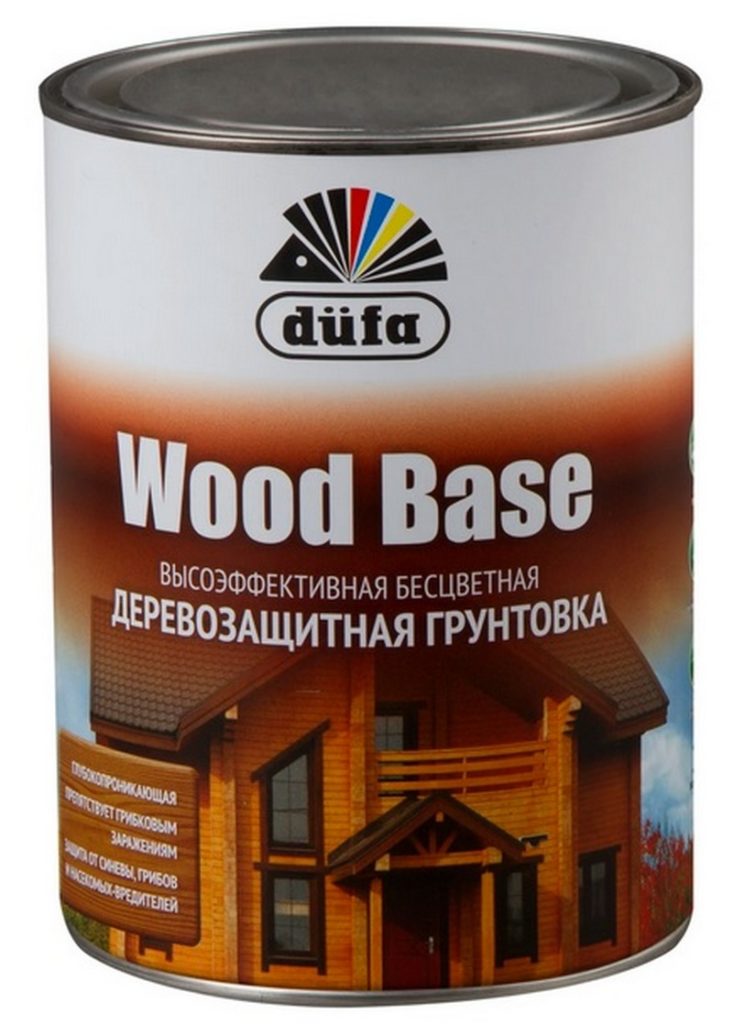
- Drying time "to touch" (in hours) - 1;
- Purpose - for any premises;
- Ease of operation.
- A synthetic smell is released during operation.
2nd place: "Akvateks DIY" colorless 1 l"
votes 0
This is a special solution used to protect and decorate wood. Designed for indoor and outdoor use. Used for woodworking. Designed to cover a surface area of 10 m². The advantages of this primer are that it is compatible with underfloor heating and floors with a low heating temperature. Packed in a 1 liter container. The calculation of the required amount of solution is carried out taking into account performance indicators: 10 m² / l. Country of origin - Russia. The product is guaranteed for 1 year. The soil is suitable for use within 12 months. The recommended cost for retail chains is 616 rubles.

- Compatible with reverse conditioner;
- The product is odorless;
- A transparent color will not hide the grain of the wood;
- Tools after working with the solution can be cleaned with plain water.
- Not detected.
1st place: "Texturol UV STOP PRIMER" special"
votes 0
This protective substance is used to protect wood from UV exposure and biological damage based on an innovative nanostructured combination of UV absorbers and a deep penetrating alkyd oil emulsion. Recommended for exterior processing of wooden products and structures, sheathing boards, wall panels, fences, doors, as well as the inside of window frames and external doors. Protects against all common fungi in Russia.Save time: dries quickly, easy to apply. Penetrates deep into the structure of wood, protecting the material from biological damage and penetration of UV rays. Save money: Improves adhesion and significantly reduces the amount of subsequent top coat required. The recommended cost for retail chains is 1220 rubles.

- Excellent value for money and quality;
- Versatility;
- Innovative composition.
- Not detected.
Premium class
3rd place: "Yaroslavl paints" for the protection of the ends 5 l"
votes 0
The product is designed to protect the ends of wooden products, it penetrates deeply into the structure of the material, forming a layer that prevents the formation of mold and the development of putrefactive processes. Easily prevents end moisture and normalizes the rate of moisture evaporation, protecting wood from deformation and cracking. Ideal for processing large timbers made from softwoods and hardwoods. Supplied in 5 liter containers. It is applied to prepared (cleaned from bark, bast, dirt) ends with a brush, roller or paint sprayer in 2-3 layers. Parts can be primed by dipping. One layer dries in 1-2 hours at a temperature of +10 to +35 °C. Soil consumption - 1 l / 3-4 m2. The recommended cost for retail chains is 1453 rubles.

- Convenient container;
- Optimal consumption;
- Has no smell.
- Not detected.
2nd place: "Neomid" antiseptic acrylic colorless 5 l"
votes 0
This composition is used to create an effective protection of wooden surfaces from fungal infections (mold, blue, rot). Ideal for priming log and timber facades, timber interior walls, truss systems, fences and other timber structures. The use of primer prolongs the service life of finishing materials and reduces their consumption. It is applied on sanded, dust- and dirt-free, degreased substrates in one or two layers at a temperature not lower than +5 °C. Between layers it is necessary to maintain a gap of 20-30 minutes at an air temperature of +18 + 22 °C. Finishing can be started after 24 hours. The recommended cost for retail chains is 1511 rubles.

- Large container;
- Application variability;
- Internal and external application.
- Use at low temperatures is not allowed.
1st place: "Tikkurila Valtti Primer" transparent 9 l"
votes 0
The material is used for processing wooden facades, canopies, window blocks, stairs and other structures at the early construction stage. The composition contains linseed oil, which prevents the penetration of moisture into the internal structures of wood, prevents the appearance of mold and promotes even application of paintwork materials. The soil is sold in containers with a volume of 9 liters. Apply with a brush or sprayer. The drying time of one layer at a temperature of +23 °C is 30 minutes. A second layer is applied in a day. One liter of material is enough to treat 10 m2 for a slightly absorbent surface and 4 m2 for a highly absorbent one. The recommended cost for retail chains is 7,500 rubles.

- Application variability;
- The composition is reinforced with linseed oil;
- Economic consumption.
- Does not protect from sunlight.
Conclusion
Wood is a vulnerable material to the impact of atmospheric factors. It is subject to negative microbiological processes, damage by insects and rodents. To improve its physical properties, various primers are used. Their main difference lies in the components of the composition, which determines the purpose of the product and chemical properties, and this helps to best protect the tree.
new entries
Categories
Useful
Popular Articles
-

Top ranking of the best and cheapest scooters up to 50cc in 2025
Views: 131651 -

Rating of the best soundproofing materials for an apartment in 2025
Views: 127690 -

Rating of cheap analogues of expensive medicines for flu and colds for 2025
Views: 124518 -

The best men's sneakers in 2025
Views: 124033 -

The Best Complex Vitamins in 2025
Views: 121939 -

Top ranking of the best smartwatches 2025 - price-quality ratio
Views: 114979 -

The best paint for gray hair - top rating 2025
Views: 113395 -

Ranking of the best wood paints for interior work in 2025
Views: 110318 -

Rating of the best spinning reels in 2025
Views: 105328 -

Ranking of the best sex dolls for men for 2025
Views: 104365 -

Ranking of the best action cameras from China in 2025
Views: 102215 -

The most effective calcium preparations for adults and children in 2025
Views: 102011


